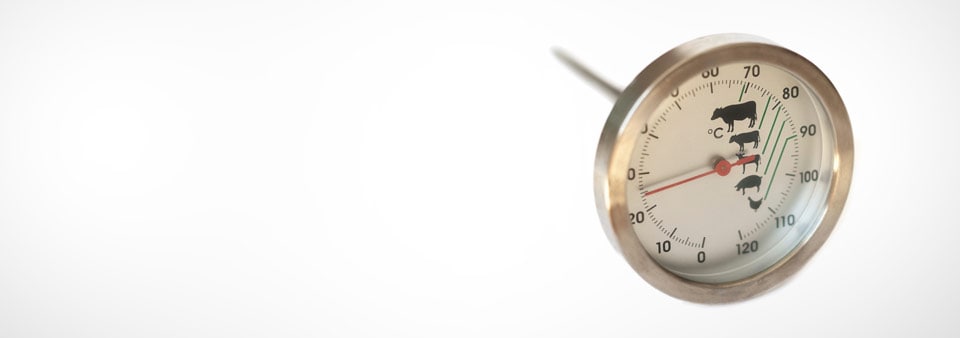Good Manufacturing Practices
GMP, Good Manufacturing Practices, are implemented procedures and best practices undertaken to remove, reduce and control physical, chemical and biological hazards in the processing environment.
Managing food safety risks with hazard identification and controls
Managing food safety risks with hazard identification and controls




Hazard Analysis Critical Control Points (HACCP) is a risk management tool is primarily used to manage food safety risks. A HACCP system allows you to identify hazards and put in place controls to manage these throughout your supply chain during production.

Updated to reflect Codex HACCP 2020, our new programme includes requirements around food safety culture, allergen labelling as well as training and risk awareness to help you reassure your customers about the safety of your products. Certifying to our criteria can help you demonstrate your commitment to a preventative, risk-based HACCP management system.
Our HACCP criteria meet the requirements of the Codex Alimentarius Commission (CAC) – established by the World Health Organization and the Food and Agriculture Organization of the United Nations to bring together international food standards, guidelines and codes of practice to ensure fair trade. It can also be used to support the requirements of management standard requirements, such as ISO 22000 food safety management.
HACCP can stand alone as a management tool in your business. It can also be integrated with other management systems, such as ISO 22000 Food Safety Management. HACCP supports the implementation of ISO 22000 as they share common requirements for controlling food safety risks. This means you can organize the way you manage and deliver common processes.